TDDE19 Advanced Project Course - AI and Machine Learning
Projects
Projects
Students will be divided into a group of around six students. Each group is assigned to a project (according to the preference and skills of each student).
At the end of the project, the students are expected to provide:
- Source code of library/program in a gitlab repository
- Documentation of how to use and install the software (API, command line...)
- A group report describing the work that has been accomplished (which algorithms are used, what kind of results were obtained...)
- An individual list of contributions to the project.
Important: the deadline for the selection of projects is Wednesday 1th of September 2021 at 12:00, you need to send me an email (cyrille.berger at liu.se) with the following information:
- Your LiU login.
- A ranked list of all projects (details on the projects below)
- If you want to work as a group of several people together, send me a single email with all your LiU logins
Natural Language to Query
Context: the goal of this project is to transform a question in English into a query executed on a database. We are particularly interested in queries expressed in the SPARQL language for the Semantic Web. We are also interested in applying this technique to a custom query language (called scQL). We do not have a dataset for that language yet. An important question for us would be how much training data we need to use transfer learning for our custom query language.

Task suggestions:
- Study literature
- Select several algorithms, implement them and evaluate them with benchmark datasets for SQL
- Use transfert learning on those algorithms with varying size of SPARQL datasets
References:
- [Text-to-SQL] Learning to query tables with natural language
- WikiSQL
- SPBERT: A Pre-trained Model for SPARQL Query Language
Results
Grammar error correction
Context: the goal of that project is to work on grammar error correction. Most available tools are only usuable in English, and for that project, it would be interesting to investigate if those approaches are applicable for other languages, such as Swedish. And if so, how much training data is required.
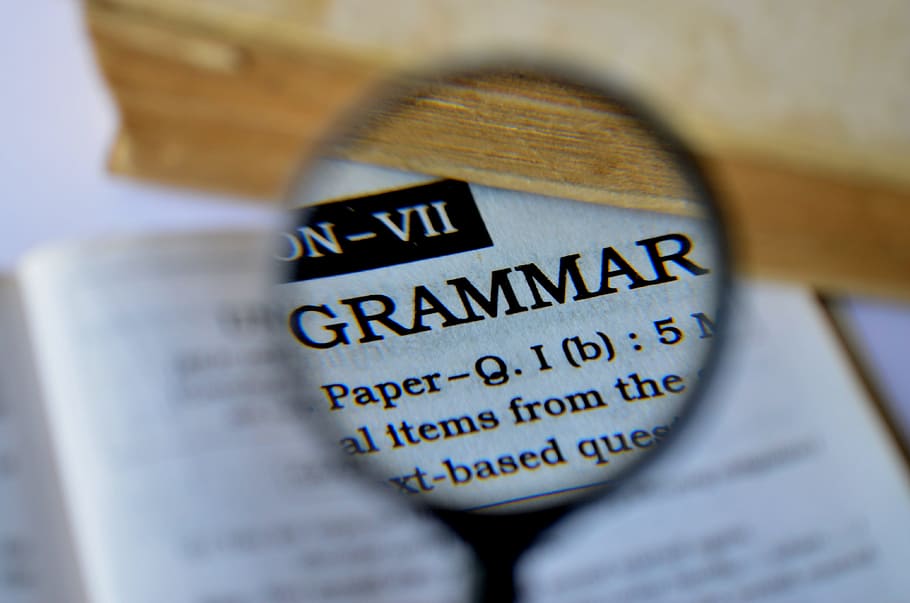
Task suggestions:
- Study literature
- Select several algorithms, implement them and evaluate them with benchmark datasets
References:
- Papers with code
- Adversarial Grammatical Error Correction Vipul Raheja and Dimitrios Alikaniotis
Results
Bug detection (and correction) in code
Context: during software development, it is inevitable that bugs will be introduced. There exists many software for bug detection, the most common ones rely on manually created rules for most common errors. In recent years, machine learning techniques have been proposed to solve this issue, and create the rules in a more automatic way.
 photo by Bruce Marlin, shared under Creative Commons license
photo by Bruce Marlin, shared under Creative Commons license
Task suggestions:
- Study literature
- Select several algorithms, implement them and evaluate them with benchmark datasets
- investigate the feasibility to use seq-to-seq and transformer algorithms for auto-correction of bugs
References:
Robotic Grasping
Context: grasping any objects with a robotic arm is a challenging task for a robot. The most difficult question is how to approach an object, the goal of this project is to address that question.
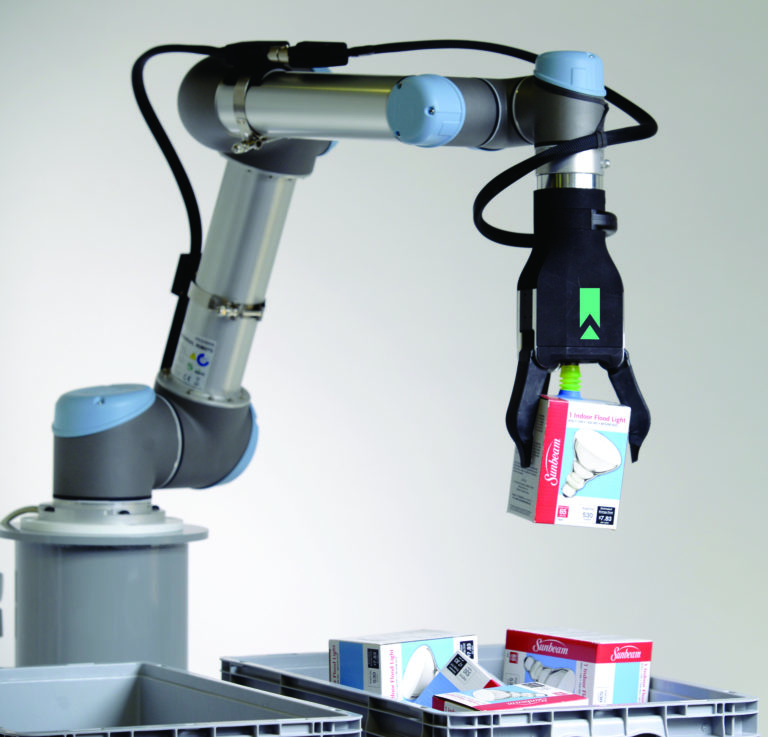 Source: RightHand Robotics
Source: RightHand Robotics
Task suggestions:
- Study literature
- Select several algorithms, implement them and evaluate them with benchmark datasets
References:
- Robptoc Grasping
- A Survey on Learning-Based Robotic Grasping, Kilian Kleeberger, Richard Bormann, Werner Kraus and Marco F. Huber
Path Planning for a ground vehicule in collaboration with an UAV
Context: in this project, we consider that we have a multi-robot system with Unmanned Ground Vehicles (UGVs) and Unmanned Aerial Vehicles (UAVs). The goal of the project is for the UAVs to assist with path planning for UGVs. One approach would be for the UAVs to build a map of the environment and generate a plan. An alternative approach would be for the UAV to fly and generate the plan directly.
I would also be interested in connecting the path planning with a knowledge base. For instance, it could be useful to store the plan, and then later reuse it. Or reuse part of it.
Example of robotic system involved:

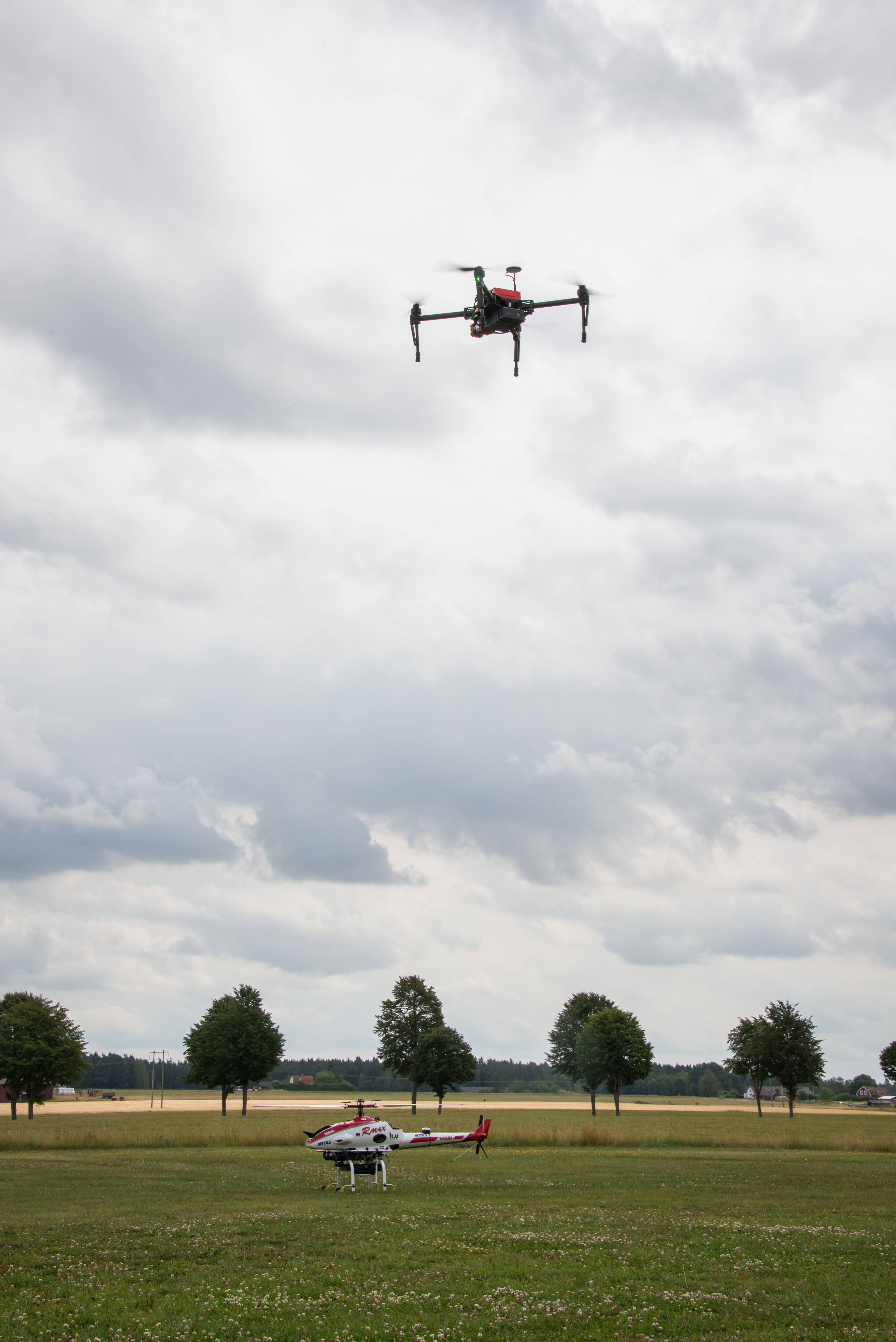
Task suggestions:
- Study literature
- Implement and evaluate some algorithms
References:
Active learning
Context: until we can teach algorithms like we teach humans, a significant issue in Machine Learning application is the creation of a good training set. It is time-consuming to create valid data, and it is also challenging to create a high-quality data set. In this project, we want to investigate algorithms that can tell us the quality of the training data and tell us which data would be more interesting to label.
Task suggestions:
- Study literature
- Implement and evaluate some algorithms
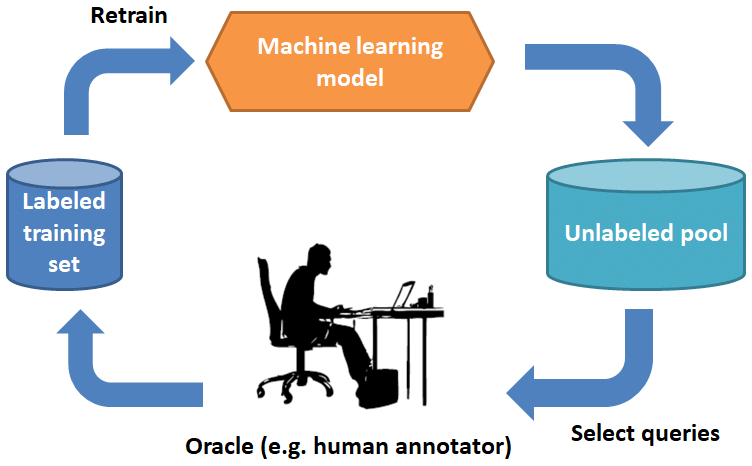
References:
- Papers With Code
- Active Learning Tutorial Stefan Hosein
- Active Learning
Results (Group 4)
Machine Learning for Art
Context: if you have an interest in art, painting, music, photography... This project is an opportunity for you
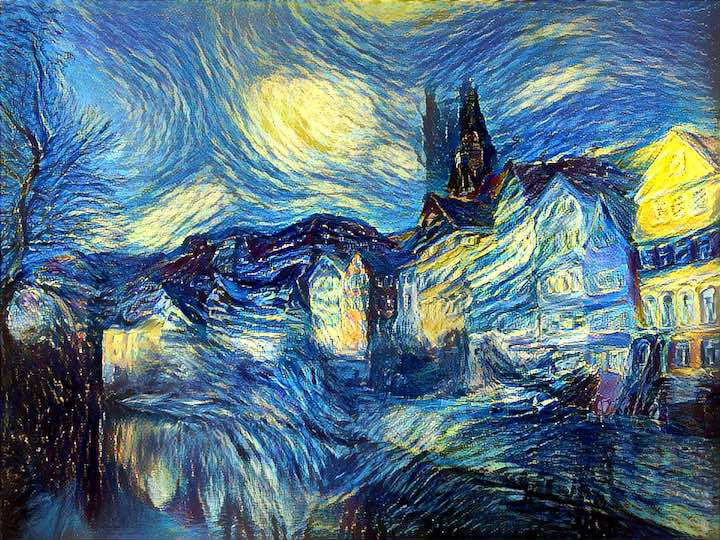
Task suggestions:
- Study literature
- Select several algorithms, implement them and evaluate them with benchmark datasets
References:
Results (Group 3)
Results (Group 4)
Results (Group 7)
Results (Group 8)
Chess
Results
Pepper robot
Emotion analysis.Results
Page responsible: infomaster
Last updated: 2025-09-30

